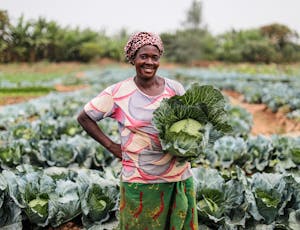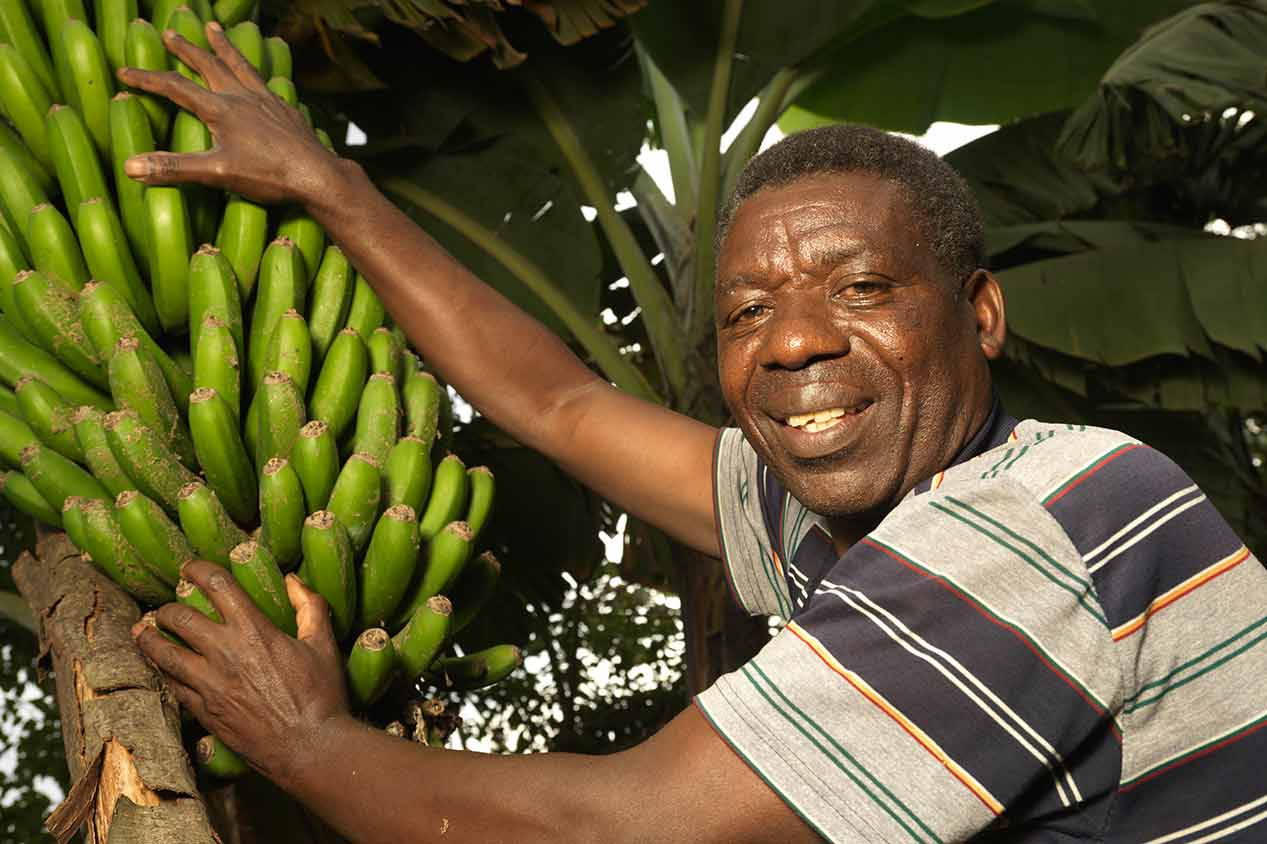
Microfinance refers to financial services for low-income clients. Although most attention has been on the provision of small loans, microfinance includes the provision of other basic financial services such as savings, money transfer and insurance and is often accompanied with financial literacy and business training. Improving access to such services allows low-income people to finance income-generating activities, build assets, stabilise consumption and protect against risks. Microfinance can play an important role in improving the lives of low-income and marginalised people.
Microfinance is seen as a long-term and more sustainable approach to helping low-income people. Many consider microfinance to be a 'hand up rather than a hand out' as it focuses directly on helping low-income people to work and become more self-sufficient.
Who is microfinance aimed at?
Microfinance is usually aimed at economically active low-income people who have limited or no access to the services provided by formal financial institutions such as banks. Since salaried work opportunities are hard to find in low-income countries, microfinance clients are usually self-employed entrepreneurs often working from home. Typically, they operate small businesses such as grocery shops, market stalls, car repairs, carpentry or other workshops, and in rural areas they tend to focus on food processing, agriculture and raising livestock and poultry. It is estimated that women own approximately 8-10 million formal small and medium-sized enterprises around the world, accounting for 31-38% of all SMEs in emerging markets.
What kinds of institutions provide microfinance services?
Most microfinance initiatives were started by non-governmental organisations (NGOs), like CARE. Over time, these often developed into formal microfinance institutions (MFIs) whose activities are regulated by the relevant national banking or microfinance authorities. MFIs are generally organised as for-profit entities, be they non-bank financial institutions, financial cooperatives, specialist commercial microfinance banks, or microfinance departments of larger commercial banks.
Due to the increasing popularity and demand for microfinance services in recent years, there are now a wide range of entities that offer these services to low-income and marginalised communities. These entities include but are not limited to social enterprises, mobile operators, fintech companies and charities.
In addition to insurance and money transfer facilities some organisations offering microfinance services also provide social services, such as basic healthcare and education for their clients and their families.
When is microfinance not an appropriate tool?
Microfinance can be a great way to give low-income people the tools they need to generate a sustainable income and build financial security and resilience; however it may not always be appropriate. When small loans are to be used for business purposes, microcredit is most useful for those entrepreneurs who have already identified a productive and profitable economic opportunity and possess the necessary entrepreneurial skills. With a sound starting point, they can grow their income through access to credit and are able to make regular loan repayments. People living on very low or irregular incomes (those we might describe as living in extreme poverty) may be unable to repay even a small loan and providing them with a grant to help them build assets or start an enterprise may be more appropriate. In fact, they are generally more in need of help in meeting their basic needs such as food and shelter. Providing credit to those who cannot use it productively could push already vulnerable people into debt and in fact worsen their situation.
What is the difference between financial inclusion, microfinance and microcredit?
The main difference between financial inclusion and microfinance is the end objective. Financial inclusion aims to ensure that everyone has access to useful financial tools. Whereas, microfinance wants to see the use of these financial tools lead to positive changes in the lives of those who are living in poverty.
Although often used interchangeably, microfinance and microcredit are in fact quite distinct. Microfinance is a much broader concept than microcredit and refers to loans, savings, insurance, money transfers, and other financial products targeted at low-income people. Whereas microcredit refers more specifically to small loans being made available to low-income people. Typically, the characteristic features of microcredit are that:
- Loans are usually short term, less than twelve months in most instances and often even six months or less.
- They are generally for working capital with immediate regular weekly or monthly repayments and they are also disbursed quickly after approval.
- Loans are usually quite small to begin with; typically they are in the range of $100-500. As borrowers regularly repay their loans and demonstrate their creditworthiness, they become eligible for larger loans.The traditional lender’s requirements for physical collateral such as property are usually replaced by a system of collective guarantee (or solidarity) groups whose members are mutually responsible for ensuring that their individual loans are repaid. Alternatively, borrowers may be requested to find one or two personal guarantors – often these are respected local community leaders.
- Loan application and disbursement procedures are designed to be helpful to low-income borrowers – they are simple to understand, locally provided and quickly accessible with minimal paperwork.
The Christmas
gift that keeps
on giving…
Buy a gift voucher

As well as making loans, you can also support entrepreneurs in developing countries by making a donation to help secure the future growth of Lendwithcare